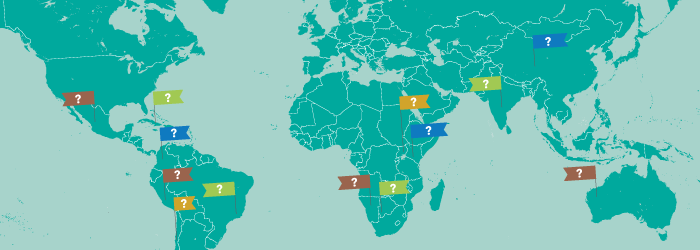Where to? Choosing your next destination
When planning a travel program, one of the most enjoyable parts of the process is dreaming about where you’ll go.
If you’re thinking of planning a trip for your organization or institution, you may have a destination already in mind — but if you dig a little deeper you could discover that a different option better fits your budget, schedule, or interest.
There is no single destination that’s “best” for natural history, cultural, academic programs, or any other interest. There are a variety of factors that are important to consider, and what’s best for another group may not be what’s best for yours.
If you’re working with an experienced travel provider, your specialist or consultant can help you narrow down your choices based on your criteria. Here are a few ideas to get you started.
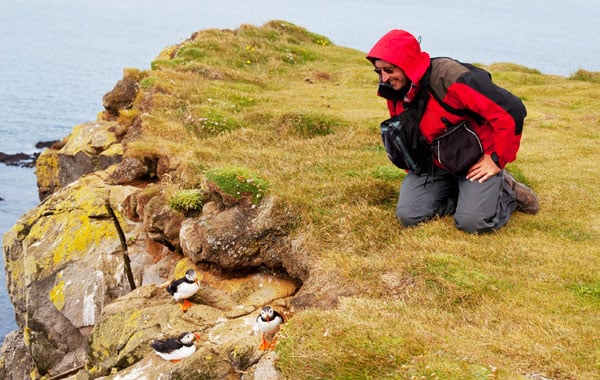
Trip focus/topic of study
One of the biggest factors that will influence your travel program is your trip focus. Ask yourself, what are your goals for the program? What types of environmental, cultural, or immersive experiences do you want to incorporate? If you’re leading an educational or wildlife-focused trip, is your group hoping to see as many species as possible, or are you willing to forfeit a high species count in exchange for seeing a smaller number of endemic species?
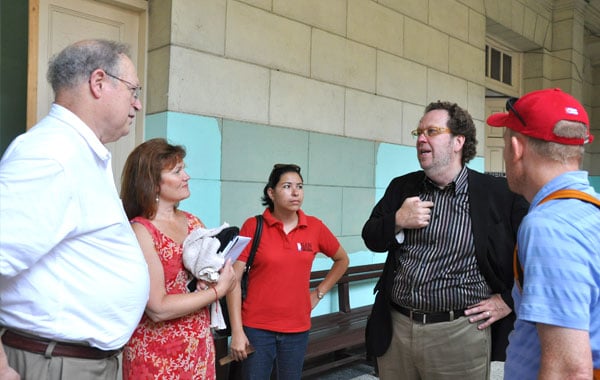
Connections
One factor in choosing a destination is to leverage any connections you might have. If you or your institution have connections to organizations or experts in a particular country, either those you know personally or would like to be connected with, then that will certainly influence your decision. Ask colleagues in your field about the travel experiences they’ve had and what they learned. Where have they traveled, and what were the pros and cons? What did or didn’t live up to their expectations?
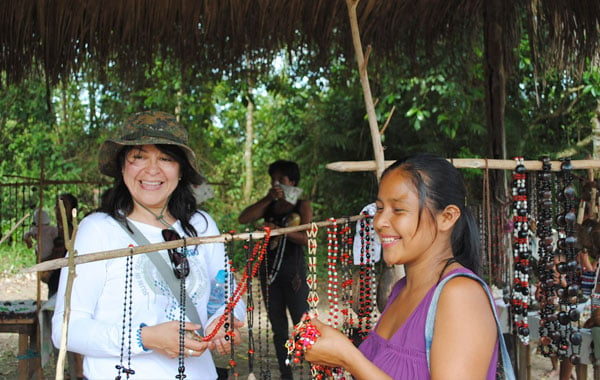
Budget
Budget is one of the most obvious things that can limit your choices, but you’ll have to look beyond the “sticker price.”
For example, keep in mind not just the land cost of your program, but also the cost of flights – you may find a destination that appears inexpensive, but then face sticker shock when you realize the average airfare is $2,000. Be sure to plan not only for international flights, but also internal flights. In countries like South Africa, Australia, Chile, Argentina, or Peru, long distances between cities often means the added cost of an internal flight.
Another consideration is not just cost, but value: when comparing quotes, make sure you’re making an apples-to-apples comparison – clarify with your travel provider what’s included in the program price and what’s not. Will your participants need to carry extra cash for gratuities, meals, or optional activities? The number of comped or non-paying leaders can also drive up price unexpectedly. (See more tips on comparing value here.)
If your participants will have to make a lot of out-of-pocket purchases, consider countries where the exchange rate is favorable and the US dollar is currently strong, like Colombia, New Zealand, Argentina, or Mexico.

Timing
Timing can refer to several different things, including the number of days you have in your schedule as well as the time of year you’re available.
If, for example, you’d like to plan a gardens trip in the fall, a destination in the Southern Hemisphere (where it will be spring and the flowers will be blooming) may be your best bet.
Calculate the estimated travel time to a destination – depending on where in the U.S. you’re departing from, many destinations in Central America can be reached in as little as 3 or 4 hours. If traveling to Africa, Asia, or the Pacific, on the other hand, you’ll want to allow at least a full day on either end of your trip just to get there, and even more if you’re crossing the international dateline.
Research local civic or religious holidays during your preferred time frame and how they could affect your plans, as well as weather patterns, or seasons of animal migration if you’re intent on seeing a certain species.
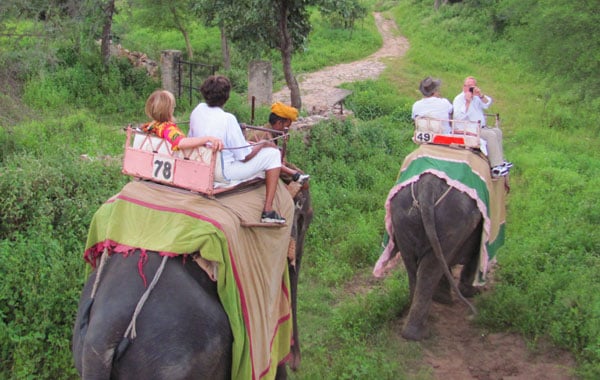
Potential travelers
Most importantly, know your target audience: who are the people most likely to sign up to travel with you? If you’re appealing to world travelers who have “been there” and “done that” with many popular destinations, they may be open to more adventurous or off-the-beaten-path locations, like Colombia, Madagascar, Eastern Cuba, or El Salvador. If, on the other hand, you’re working with travelers who have not traveled internationally, or with students who require school board and/or parent approval, a more familiar destination like Costa Rica, Alaska, or Australia may be best.
Relatedly, some destinations require only a passport for entry. Others may require a more rigorous visa application process, which could scare away less experienced travelers.
If you or your participants have any health issues or physical restrictions, it’s wise to take things like altitude, sea sickness, physical fitness, and country infrastructure into account. Thrill-seeking travelers won’t necessarily mind long drives between locations on rough roads if it means a more unique experience, but it’s not for everyone.
Some destinations, such as the Galápagos Islands, Machu Picchu, or Cuba, are better suited to a certain physical fitness level. That’s not to say you should rule those destinations out, but you’ll want to plan ahead in order to make appropriate accommodations.
—
Ultimately, an experienced travel provider can walk you through the process and make suggestions, ensuring your trip is a success.


